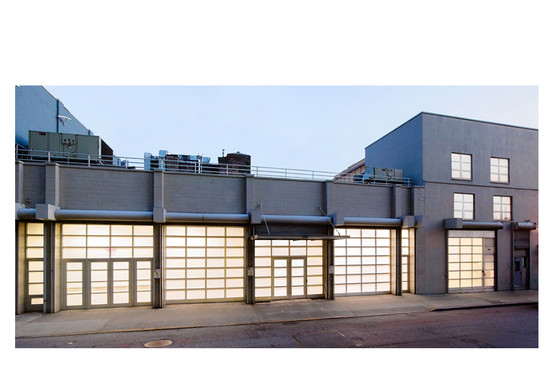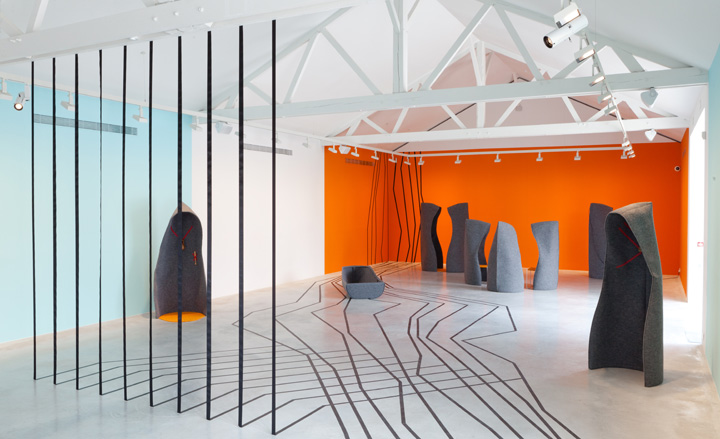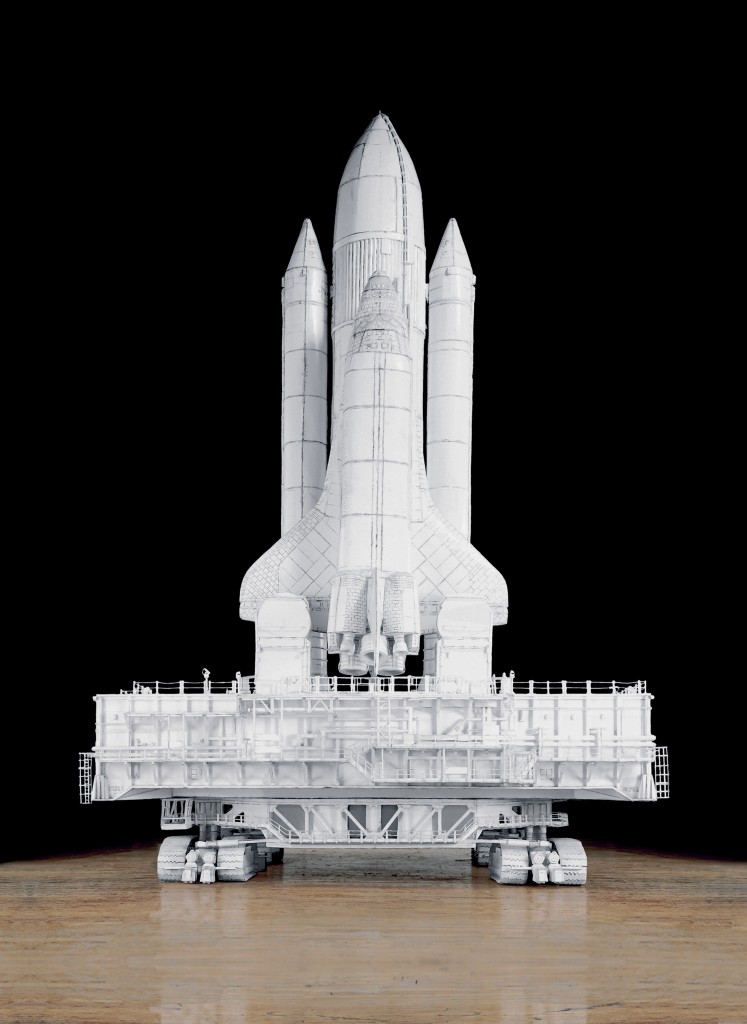INHALE is a cultural platform where artists are presented, where great projects are given credit and readers find inspiration. Think about Inhale as if it were a map: we can help you discover which are the must-see events all over the world, what is happening now in the artistic and cultural world as well as guide you through the latest designers’ products. Inhale interconnects domains that you are interested in, so that you will know all the events, places, galleries, studios that are a must-see. We have a 360 degree overview on art and culture and a passion to share.

This fall, New York artist Roxy Paine is heading to Chicago to exhibit his life-size diorama of a fast-food restaurant carved from birch wood, down to the straws. In Paris, German artist Georg Baselitz is about to unveil his show of 12-foot-tall bronze women. Next week in New York, Matthew Day Jackson will roll out his latest creation—a 13-foot-long roadster designed by his uncle, built by his cousin and wrecked, temporarily, by his crew on a New Jersey track.
Just don’t look for any of this art in a museum—yet. Thanks to a resurgent global-art market, some of the world’s top dealers are feeling flush and fueling a new gallery building boom—transforming factories, roller rinks and airplane hangars into showrooms for contemporary art. As a result, some of the most highly anticipated shows of the season are set to open in galleries, not museums.
Increasingly, the artworks on display are just as enormous, requiring cranes and teams of workers to display. Museums were once the only potential buyers for such room-filling pieces, but over the past decade an influx of wealthy collectors around the world has started buying ever-larger art trophies. All of it has prompted dealers to seek out artists whose work is hefty enough to stand out from afar—a prioritizing by size that never occurred in past generations, dealers say
White Cube caused a stir nearly two years ago when it opened a 58,000 square-foot gallery in south London. That’s bigger than a football field. In January, Swiss gallery Hauser & Wirth converted a former roller rink and nightclub in New York’s Chelsea neighborhood into a 24,700 square-foot gallery—complete with an artist-designed bar serving free coffee on weekends. “We don’t need to sell coffee,” said director Marc Payot.
Austrian dealer Thaddaeus Ropac opened the world’s second-largest gallery last October when he transformed a group of eight factory buildings on Paris’s outskirts into a 50,000 square-foot art complex. The $10 million space has allowed him to carve up areas for performance art and outfit several apartments for visiting artists like Anselm Kiefer. But recently, Mr. Ropac realized that his artists didn’t want to use the complex’s studio for fear of attracting onlookers, so he’s rented even more space a few blocks away. “I don’t want my artists to feel like they’re in a zoo,” he said
Like museums, some gallery spaces now boast auditoriums, screening rooms, roof gardens and bookstores. Shows at the dozen biggest galleries are often planned two years in advance and can take more than a month to install. Once up, the art may also stay on view for several months at a time, a typical time frame for a museum exhibit but a fresh stretch for a gallery setting more accustomed to opening new shows monthly(…)

Jason Mandella / Petzel Gallery
10,000 sq. ft.: Midlevel galleries are converting garages into elaborate art showrooms. Shown, New York’s Petzel Gallery’s new home

On Oct. 26, Richard Serra will open a show of new work at Gagosian Gallery’s two Chelsea spaces. “Inside Out,” shown here in a trial installation in Germany, is reminiscent of Serra’s curvy signature look but other new works in the show are flat and angled.

Matali Crasset’s project, ‘Voyage to Uchronia’, at Galerie Thaddaeus Ropac’s Pantin gallery, Paris. Courtesy of Galerie Thaddaeus Ropac, Paris/Salzburg. © Matali Crasset. Photography: Philippe Servent




























































